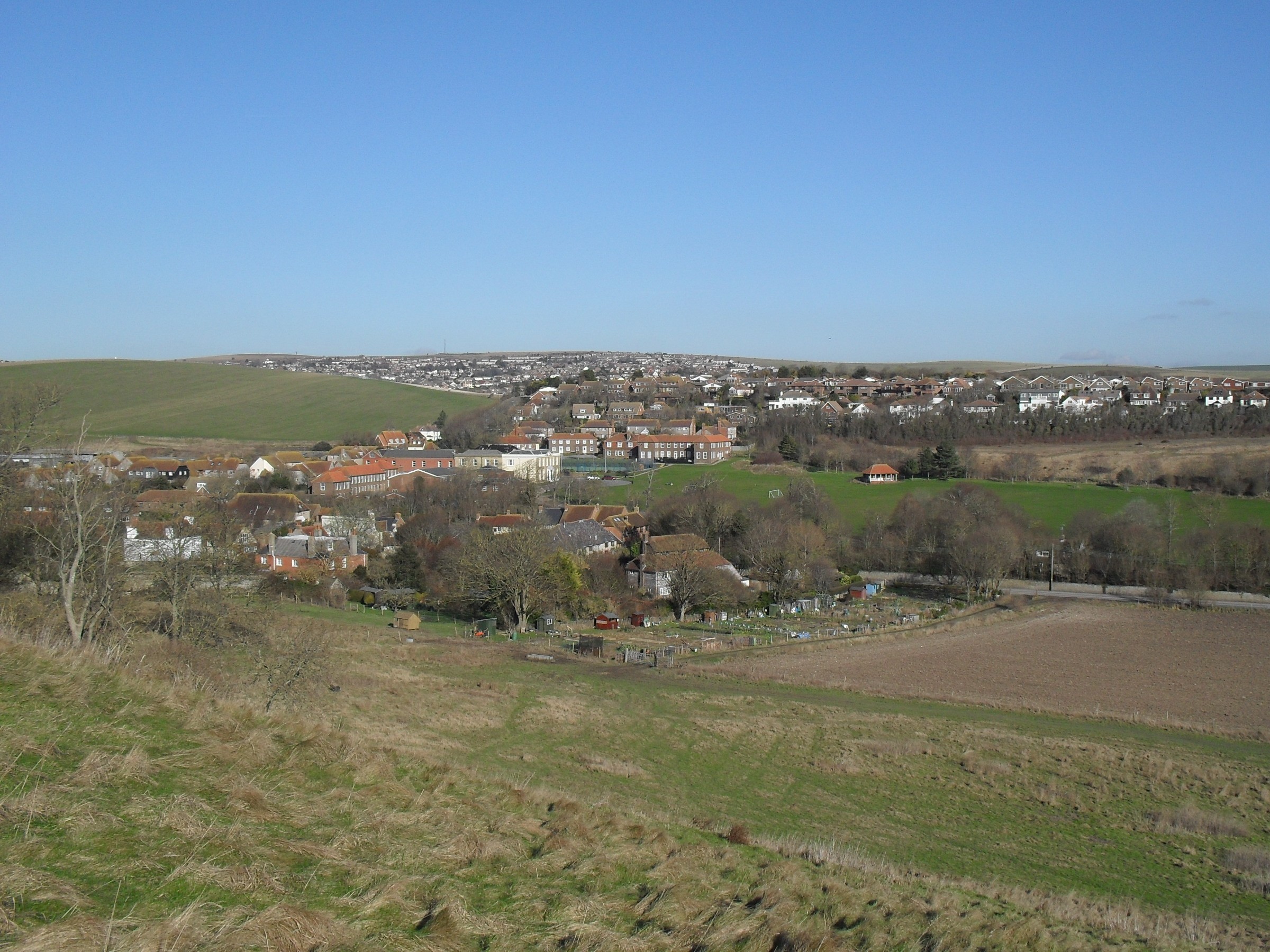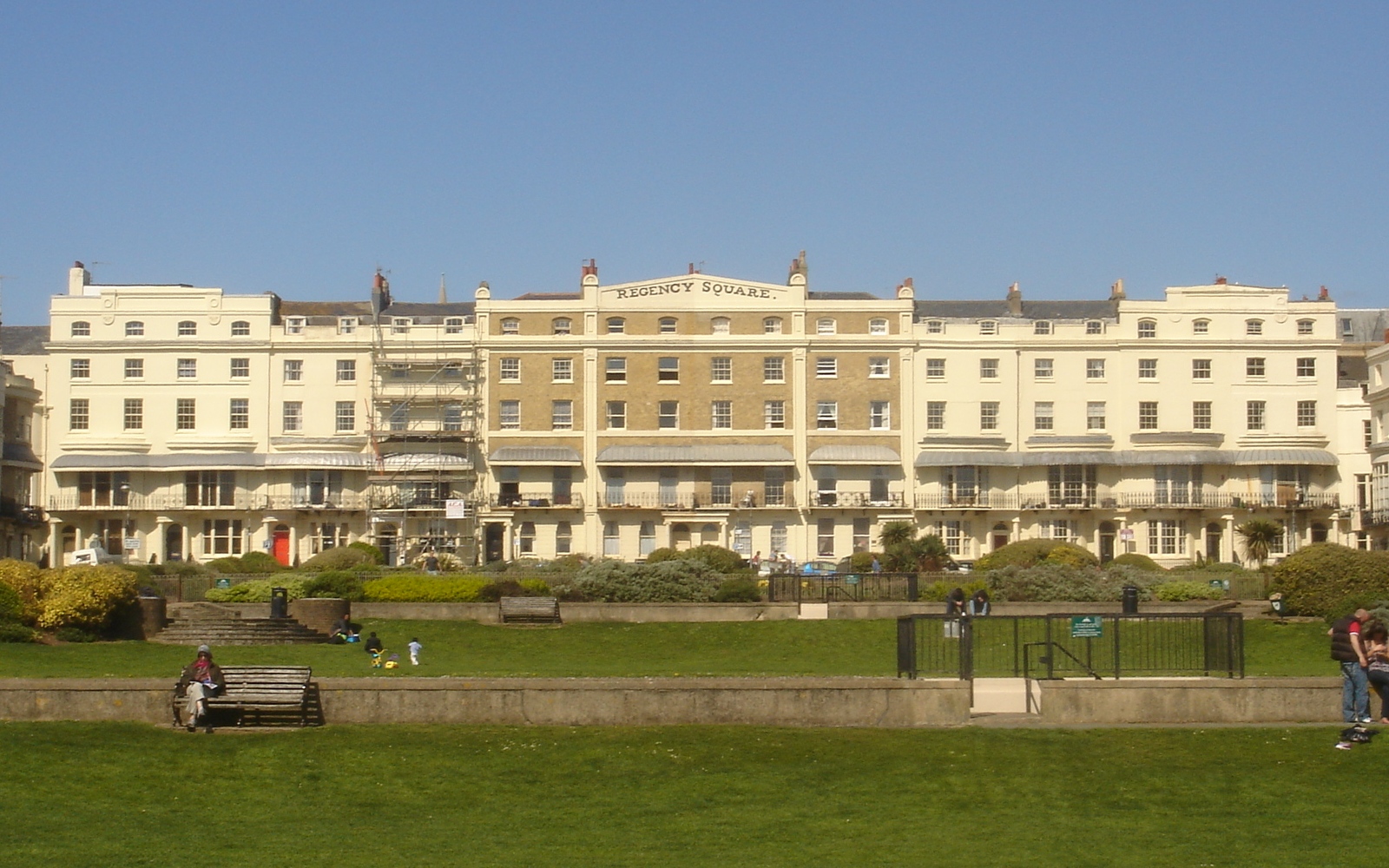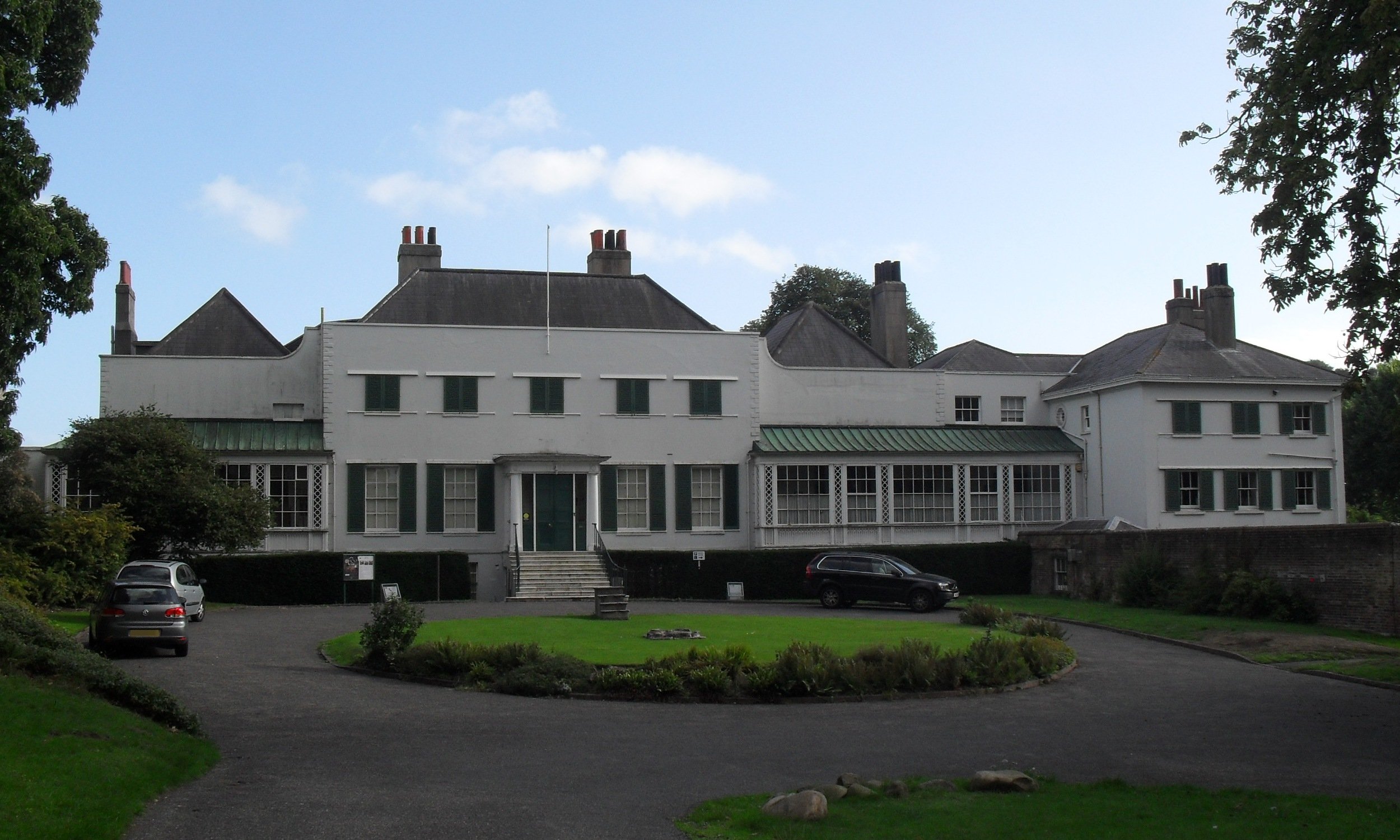List of conservation areas in Brighton and Hove on:
[Wikipedia]
[Google]
[Amazon]
 , there are 34 conservation areas in the city of
, there are 34 conservation areas in the city of











Brighton and Hove
Brighton and Hove () is a city and unitary authority in East Sussex, England. It consists primarily of the settlements of Brighton and Hove, alongside neighbouring villages.
Often referred to synonymously as Brighton, the City of Brighton and H ...
, a seaside resort
A seaside resort is a resort town, town, village, or hotel that serves as a Resort, vacation resort and is located on a coast. Sometimes the concept includes an aspect of official accreditation based on the satisfaction of certain requirements, suc ...
on the English Channel
The English Channel, "The Sleeve"; nrf, la Maunche, "The Sleeve" (Cotentinais) or ( Jèrriais), (Guernésiais), "The Channel"; br, Mor Breizh, "Sea of Brittany"; cy, Môr Udd, "Lord's Sea"; kw, Mor Bretannek, "British Sea"; nl, Het Kana ...
coast in southeast England. The definition of a conservation area
Protected areas or conservation areas are locations which receive protection because of their recognized natural, ecological or cultural values. There are several kinds of protected areas, which vary by level of protection depending on the ena ...
is a principally urban area "of special architectural or historic interest, the character or appearance of which it is desirable to preserve or enhance". Such areas are identified according to criteria defined by Sections 69 and 70 of the Planning (Listed Buildings and Conservation Areas) Act 1990
The Planning (Listed Buildings and Conservation Areas) Act 1990 is an Act of Parliament of the United Kingdom that altered the laws on granting of planning permission for building works, notably including those of the listed building system in En ...
. Brighton and Hove City Council is responsible for creating conservation areas within the city, and expands upon the statutory definition by stating that each area has "high townscape
In the visual arts, a cityscape (urban landscape) is an artistic representation, such as a painting, drawing, print or photograph, of the physical aspects of a city or urban area. It is the urban equivalent of a landscape. ''Townscape'' is ...
quality ndits own distinctive character .. whichcreates a sense of place".
The city
A city is a human settlement of notable size.Goodall, B. (1987) ''The Penguin Dictionary of Human Geography''. London: Penguin.Kuper, A. and Kuper, J., eds (1996) ''The Social Science Encyclopedia''. 2nd edition. London: Routledge. It can be def ...
has existed in its present form only since 2000, when Queen Elizabeth II
Elizabeth II (Elizabeth Alexandra Mary; 21 April 1926 – 8 September 2022) was Queen of the United Kingdom and other Commonwealth realms from 6 February 1952 until Death and state funeral of Elizabeth II, her death in 2022. She was queen ...
granted city status to the unitary authority
A unitary authority is a local authority responsible for all local government functions within its area or performing additional functions that elsewhere are usually performed by a higher level of sub-national government or the national governmen ...
of Brighton and Hove, which was in turn created in 1997 by the amalgamation of Brighton and Hove Borough Councils. Before 1997, the two councils were separately responsible for creating and administering conservation areas. Hove Borough Council designated the first two, in 1969: Charles Busby's expansive self-contained Brunswick Town estate, with a twin-terrace centrepiece "as grand as anything in St Petersburg
Saint Petersburg ( rus, links=no, Санкт-Петербург, a=Ru-Sankt Peterburg Leningrad Petrograd Piter.ogg, r=Sankt-Peterburg, p=ˈsankt pʲɪtʲɪrˈburk), formerly known as Petrograd (1914–1924) and later Leningrad (1924–1991), i ...
", and the rapidly developed mid-19th-century suburb of Cliftonville, characterised by Italianate
The Italianate style was a distinct 19th-century phase in the history of Classical architecture. Like Palladianism and Neoclassicism, the Italianate style drew its inspiration from the models and architectural vocabulary of 16th-century Italian R ...
villa
A villa is a type of house that was originally an ancient Roman upper class country house. Since its origins in the Roman villa, the idea and function of a villa have evolved considerably. After the fall of the Roman Republic, villas became s ...
s and large Tudorbethan
Tudor Revival architecture (also known as mock Tudor in the UK) first manifested itself in domestic architecture in the United Kingdom in the latter half of the 19th century. Based on revival of aspects that were perceived as Tudor architecture ...
houses. The following year, Brighton Borough Council set up conservation areas to preserve and improve the historic centres of five ancient downland
Downland, chalkland, chalk downs or just downs are areas of open chalk hills, such as the North Downs. This term is used to describe the characteristic landscape in southern England where chalk is exposed at the surface. The name "downs" is deriv ...
villages—Ovingdean
Ovingdean is a small, formerly agricultural, village in the east of Brighton and Hove, East Sussex, England.
Overview
It was absorbed into the administrative borough of Brighton, East Sussex, England in 1928, and now forms part of the city of ...
, Patcham
Patcham () is an area of the city of Brighton & Hove, about north of the city centre. It is bounded by the A27 (Brighton bypass) to the north, Hollingbury to the east and southeast, Withdean to the south and the Brighton Main Line to the west. ...
, Preston, Rottingdean
Rottingdean is a village in the city of Brighton and Hove, on the south coast of England. It borders the villages of Saltdean, Ovingdean and Woodingdean, and has a historic centre, often the subject of picture postcards.
Name
The name Rottingde ...
and Stanmer
Stanmer is a small village on the eastern outskirts of Brighton, in East Sussex, England.
History
The etymological root of the name is "Stony Mere", Old English for "stone pond", referring to the sarsen stones around Stanmer village pond. The ...
—which became part of the urban area in 1928 and 1952 because of boundary changes. Brighton's own architectural set-piece, Thomas Read Kemp
Thomas Read Kemp (23 December 1782 – 20 December 1844) was an English property developer and politician.
Life
He was the son of Sussex landowner and Member of Parliament Thomas Kemp, and his wife Anne, daughter of Henry Read of Brookland ...
's "striking, ..graceful and imposing" Kemp Town
Kemp Town Estate, also known as Kemp Town, is a 19th-century Regency architecture residential estate in the east of Brighton in East Sussex, England, UK. It consists of Arundel Terrace, Lewes Crescent, Sussex Square, Chichester Terrace, and ...
estate of the mid-1820s, by Busby and Amon Wilds
Amon Wilds (1762 – 12 September 1833) was an English architect and builder. He formed an architectural partnership with his son Amon Henry WildsIn this article, Amon Wilds is referred to as ''Wilds senior'' and his son Amon Henry Wilds a ...
, was designated at the same time.
Many more parts of the urban area have been included in conservation areas in subsequent years, either through the creation of new areas or by means of extensions to existing areas. One conservation area, Preston, was split into two (Preston Park and Preston Village) in 1988 after it had been extended several times. Carlton Hill, an inner-city area in the east of Brighton which descended into poverty-stricken slum conditions in the early 20th century, is the most recent addition to the list; about of its historic centre was designated on 4 July 2008. In 2004, when Carlton Hill had not yet been designated, the proportion of Brighton and Hove's urban area covered by conservation areas was about 18%.
The city's conservation areas vary in character and size. Stanmer—an isolated, rural country estate
An estate is a large parcel of land under single ownership, which would historically generate income for its owner.
British context
In the UK, historically an estate comprises the houses, outbuildings, supporting farmland, and woods that s ...
with a mansion
A mansion is a large dwelling house. The word itself derives through Old French from the Latin word ''mansio'' "dwelling", an abstract noun derived from the verb ''manere'' "to dwell". The English word '' manse'' originally defined a property l ...
, church
Church may refer to:
Religion
* Church (building), a building for Christian religious activities
* Church (congregation), a local congregation of a Christian denomination
* Church service, a formalized period of Christian communal worship
* Chris ...
and single-street village— is more than 200 times larger than the conservation area surrounding the similarly rural Benfield Barn, on the South Downs
The South Downs are a range of chalk hills that extends for about across the south-eastern coastal counties of England from the Itchen valley of Hampshire in the west to Beachy Head, in the Eastbourne Downland Estate, East Sussex, in the east. ...
above Hangleton
Hangleton is a residential suburb of Hove, part of the English city and coastal resort of Brighton and Hove. The area was developed in the 1930s after it was incorporated into the borough of Hove, but has ancient origins: its parish church was ...
. Brunswick Town and Kemp Town, by Busby and Wilds, are famous, high-class 19th-century planned estates, each with dozens of listed building
In the United Kingdom, a listed building or listed structure is one that has been placed on one of the four statutory lists maintained by Historic England in England, Historic Environment Scotland in Scotland, in Wales, and the Northern Irel ...
s (including many at the highest Grade I); each represents "the pinnacle of heir
Inheritance is the practice of receiving private property, titles, debts, entitlements, privileges, rights, and obligations upon the death of an individual. The rules of inheritance differ among societies and have changed over time. Officiall ...
work and ... considerable achievements in domestic architecture and town design". In contrast, areas such as Sackville Gardens and Cliftonville are small-scale, piecemeal suburban developments with varied architectural styles and few or no listed buildings. Woodland Drive and Tongdean have large 20th-century houses, while the Engineerium conservation area consists of formerly industrial buildings.
The government
A government is the system or group of people governing an organized community, generally a state.
In the case of its broad associative definition, government normally consists of legislature, executive, and judiciary. Government is a ...
encourages but does not require local authorities to produce studies appraising the character of conservation areas. As of 2017, two of Brighton and Hove's areas lacked formal appraisal documents. The corresponding figure in 2004, when the city's conservation strategy was last revised, was 11.
Conservation areas










Extensions and changes
Section 69 of thePlanning (Listed Buildings and Conservation Areas) Act 1990
The Planning (Listed Buildings and Conservation Areas) Act 1990 is an Act of Parliament of the United Kingdom that altered the laws on granting of planning permission for building works, notably including those of the listed building system in En ...
requires local authorities not only to decide upon and designate conservation areas, but also to review their boundaries periodically. Furthermore, Brighton's Borough Plan (adopted in 1995) states that "consideration will be given to the inclusion of additional areas within existing conservation areas", and that "the opportunity to review the boundaries further will be taken when detailed plans for each conservation area are produced".
Many conservation areas have been extended since they were originally designated. The first round of expansions came in 1977, when Brighton Borough Council changed the boundaries of East Cliff, Kemp Town, the Old Town, Queen's Park, Regency Square and Valley Gardens. East Cliff had a further three extensions: in 1989, 1991 and 2002. The North Laine and neighbouring Valley Gardens areas were each extended in 1989 and 1995; Valley Gardens had already had a boundary change in 1988. More was added to Regency Square's area in 2005, to Patcham in 1992, and to West Hill in 1995. As originally created in 1970, Stanmer conservation area covered only Stanmer House
Stanmer House is a Grade I listed mansion set in Stanmer Park west of the village of Falmer and north-east of the city of Brighton and Hove, East Sussex, England.
The house stands close to Stanmer village and Church, within Stanmer Park. Cons ...
, the village and its environs. An extension in 1988 added much of the surrounding parkland, and more land was added in 2010.
Preston is the only instance of a conservation area being split. Designated under that name in 1970, it was expanded in 1977, 1980 and 1981; in 1988, Brighton Borough Council decided to create two new areas, Preston Village and Preston Park, from this territory. The latter in turn expanded in 1995. A different approach was taken at Montpelier & Clifton Hill: until 2005 this conservation area was named "Clifton", but the council acknowledged that it covered territory in the Montpelier area of the city by introducing its present name in 2005.
Conservation areas are occasionally extended to include single buildings which contribute significantly to an area's character. West Hill, whose residential development immediately followed the opening of Brighton railway station
Brighton railway station is the southern terminus of the Brighton Main Line in England, and the principal station serving the city of Brighton, East Sussex. It is from via .
The station is managed by Govia Thameslink Railway, which operates ...
at the bottom of the hill in 1840, changed its boundaries to include it in 1988. The East Cliff conservation area's northern boundary is Eastern Road, but in 2010 consideration was given to extending it north of this at Upper Bedford Street to incorporate Thomas Lainson
Thomas Lainson, FRIBA (1824 – 18 May 1898) was a British architect. He is best known for his work in the East Sussex coastal towns of Brighton and Hove (now part of the city of Brighton and Hove), where several of his eclectic range of resi ...
's Grade II-listed Pelham Institute
The Pelham Institute is a former working men's club and multipurpose social venue in the Kemptown area of Brighton, part of the English coastal city of Brighton and Hove. Built in 1877 by prolific local architect Thomas Lainson on behalf of th ...
, a High Victorian Gothic
High Victorian Gothic was an eclectic architectural style and movement during the mid-late 19th century. It is seen by architectural historians as either a sub-style of the broader Gothic Revival style, or a separate style in its own right.
Prom ...
building of the 1870s, and the neighbouring Fitzherbert Centre—a disused early-20th-century school.
See also
*Buildings and architecture of Brighton and Hove
Brighton and Hove, a city on the English Channel coast in southeast England, has a large and diverse stock of buildings "unrivalled architecturally" among the country's seaside resorts. The urban area, designated a city in 2000, is made up of the ...
Map
References
Notes
Bibliography
* * * * * * * {{DEFAULTSORT:Conservation areas in Brighton and Hove Brighton and Hove-related lists Brighton and Hove conservation areas *Brighton and Hove